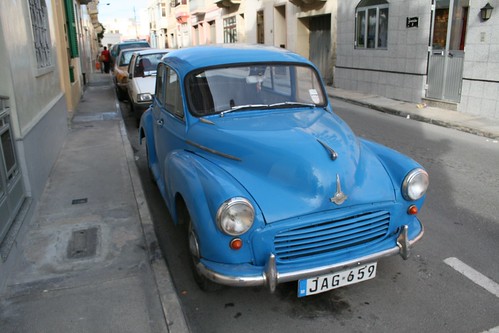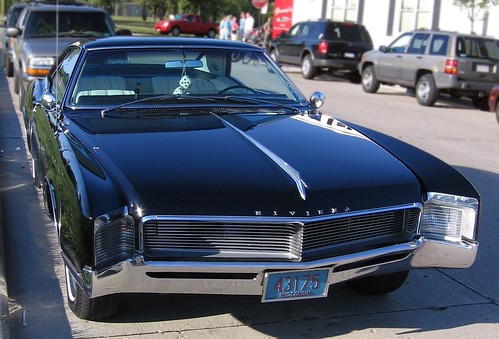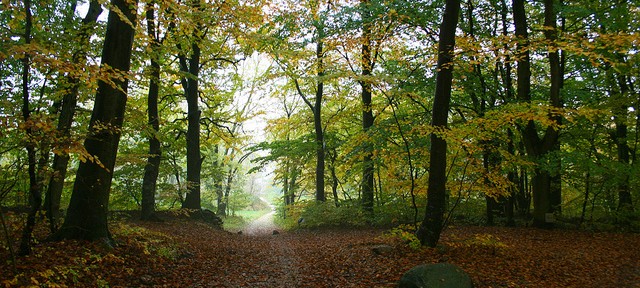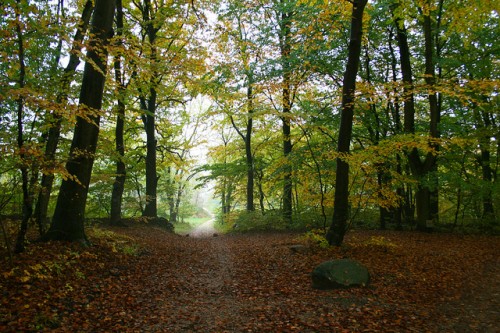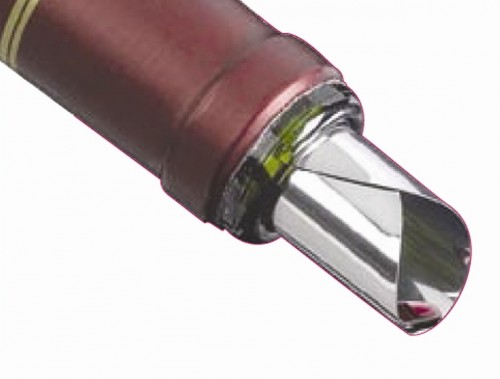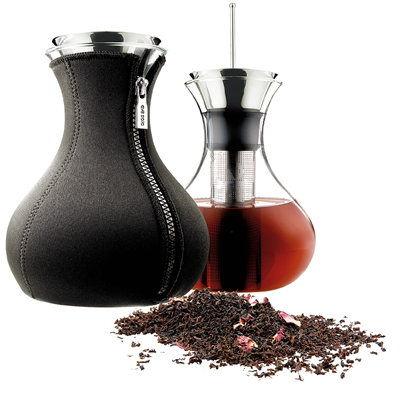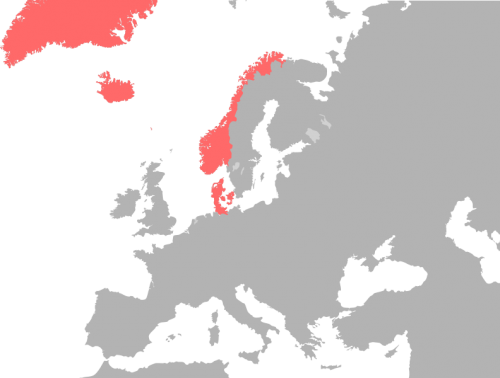Talking with Danes you immediately realise that they have a strong sense of identity, what being Danish means, and why something that you do or the way that you think is NOT Danish. However, Danishness is not as clear cut as most Danes you meet on the streets like to believe. To a foreigner (or at least me), being Danish is also a quagmire of contradictions:
A fair and equal society.
A homogeneous/equal society that focuses on the individual.
Rules so that no one is left out
All of these characteristics are ideal aspirations in themselves. However, reaching a real and sustainable balance between the two is often much harder than it may at first appear unless people consciously keep this in mind.
Kelly Draper, writing for the Copenhagen Post, makes an excellent show of how being fair and equal can be contradictory. Both of these characteristics are to be aimed for. However, a fair society is not necessarily an equal one. A fair society is one where people get what they need when they need it. Otherwise we risk wasting resources ‘helping’ people who do not need it and missing the ones in need as we put rigorous checks and balances in place to ensure that everything is equally divided at the specific level rather than the holistic one. This is, of course, easier to manage, but helps no one.
Another issue I am struggling with is how we teach our* children how to be inclusive citizens and thoughtful about the circumstances that others may be in. Talking to parents (and at work I am surrounded by them) it is usual that there are rules in place at school as to who you can invite to a birthday party (all girls, all boys, or all children in the class), how much money is to be spent on gift, and also who to play with**.
Of course, teaching kids that no one should be left out is an excellent ideal. And there are instances where rules are necessary and important, when someone’s rights are being trampled on. However, when putting such rules in place, are we teaching the kids the importance of what lies behind them, or are we just teaching them to follow rules. And, what about teaching kids that not everyone can afford the same things, so be grateful for what you got in terms of what they could afford. Again, it is easier to put a rule in place than to teach the kid why such an action is important. After talking with parents, unfortunately, I strongly suspect that the second part of explanation is often forgotten.
As a foreigner thinking about the society I am living in I am sometimes criticised for saying anything below stellar about Denmark. I can understand that no one likes hearing criticism about what they do. But I often wonder if what I say stops at the ‘being rebuffed’ level, or if some people also think about it following our encounter. Quoting Socrates “the unexamined life is not worth living”.
* Yes. I say OUR children. Although I have no children and am not ethnically Danish, I am living in this society now and am making an active contribution to it. So I am entitled to an opinion about it ( just like everyone else).
** In at least one school, the teachers organise kids into groups of 4 and once a month they go to each others houses to play together.





